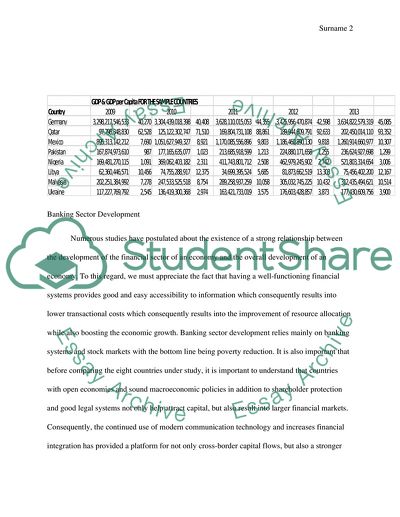Cite this document
(“Planning for Expansion: Assessing Financial Development in target Essay - 2”, n.d.)
Retrieved from https://studentshare.org/macro-microeconomics/1668985-planning-for-expansion-assessing-financial-development-in-target-markets
Retrieved from https://studentshare.org/macro-microeconomics/1668985-planning-for-expansion-assessing-financial-development-in-target-markets
(Planning for Expansion: Assessing Financial Development in Target Essay - 2)
https://studentshare.org/macro-microeconomics/1668985-planning-for-expansion-assessing-financial-development-in-target-markets.
https://studentshare.org/macro-microeconomics/1668985-planning-for-expansion-assessing-financial-development-in-target-markets.
“Planning for Expansion: Assessing Financial Development in Target Essay - 2”, n.d. https://studentshare.org/macro-microeconomics/1668985-planning-for-expansion-assessing-financial-development-in-target-markets.


